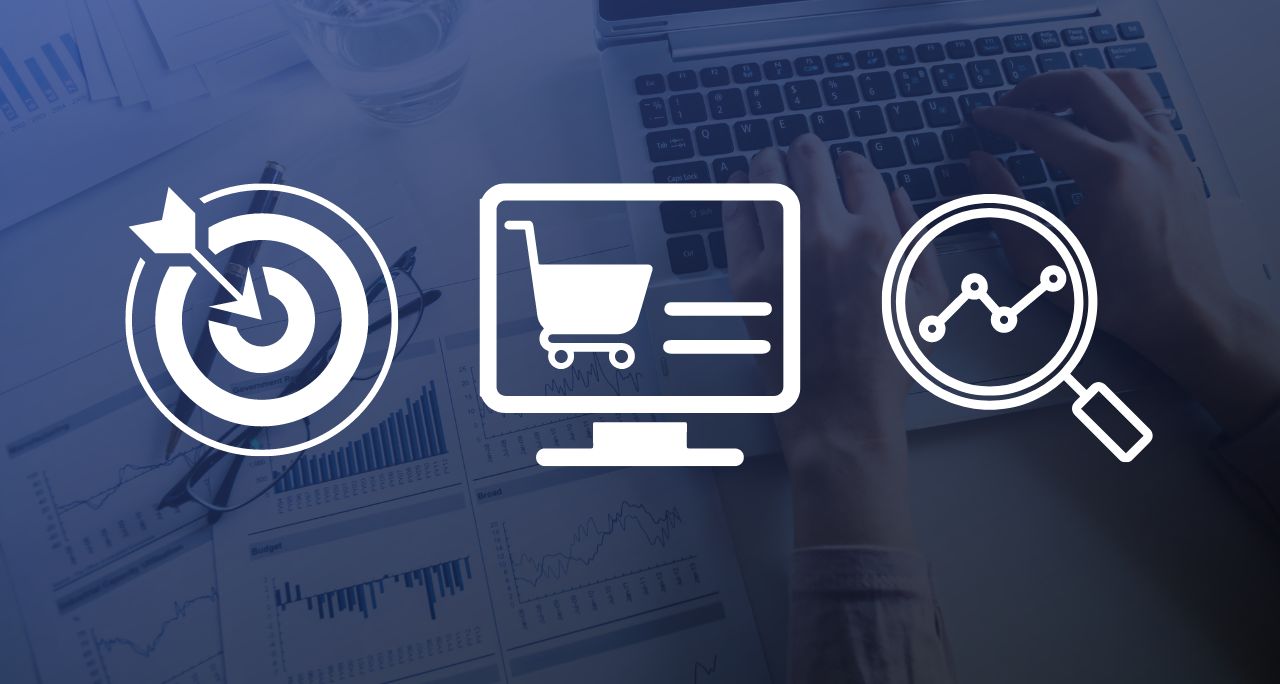For any SaaS business to have success, it must find a way to increase customer value over their lifecyle. Increasing customer lifetime value offsets revenue lost to churn, reduces the acquisition-cost-to-revenue ratio and generally sets the business up for sustained success. How a business increases customer lifetime value is the secret sauce of its particular SaaS model, but it generally involves some combination of upsells, cross-sells and bundling – or expansion revenue.
Let’s take a closer look at how expansion revenue can help your business, and the most common methods businesses use today to increase customer lifetime value.
Expansion revenue:
Provides a greater ROI
For a SaaS business to generate more revenue, it must either acquire new customers or increase the value of its existing cohort. While new acquisitions are critical, especially when building a new business, the marketing and operational costs typically dwarf those involved with creating expansion revenue. In almost every case, marketing programs targeted to the install base generate a better ROI than those geared to new acquisitions. And as your business grows and competes with other SaaS companies being able to increase revenues while reducing marketing costs will become increasingly important to sustaining your success.
Drives deeper customer engagement
An intentional byproduct of shifting more resources toward expansion revenue is a deeper engagement with your most valuable customers. As your customers become more profitable, they also become more dedicated and educated and loyal users of your products. That exposure – to your goods and services, to your business systems and your customer service.–gives you opportunities to convert customers into product advocates, as well as provide them unique, high-quality software and other content.
Reduces costs
By driving deeper engagement, you can leverage the earned loyalty to focus on organic new customer growth. Organic new customer growth involves product advocates (paid employees and extremely satisfied customers) introducing potential leads to the product in low stress, public environments (PR, conventions, personal conversations). This cuts your advertising, sales and marketing costs required to generate additional revenue. With increased income from current customers and decreased costs via organic customer growth, it is easy to see how expansion revenue lowers costs while increasing revenues. Tweet
Three examples of expansion revenue:
Up-Sell
The up-sell is the most basic form of expansion revenue, and can take several forms. Many SaaS providers use tiered distribution for different subscription rates depending upon storage, users, touch points, etc.
One of the forms of up-selling SaaS that has gained popularity in the mobile marketplace is the Freemium distribution model. With this, your core SaaS product is free, with limited capabilities and advertising driving revenue. When customers upgrade, for a monthly fee, they get increased functionality and reduced or ad-free use of the software.
Whether using Freemium or a tiered distribution model, up-selling is a great way to create expansion revenue without creating any new products. Tweet
Cross-Sell
Your business cross-sells when you have related products that can be included in a customer’s monthly subscription price for less than the cost of buying them separately. Adobe Creative Cloud is a great example of a cross-selling distribution model. You can purchase one app for $19.99/mo or the entire software package (10+ Programs) for $49.99/mo. This is cross-selling, using different software packages your company has to increase the monthly dollar amount per customer.
Bundle
Bundling is different from cross-selling in that it is creating a larger SaaS suite for your customers than they could get otherwise. For business productivity systems, this is a common process. CRM and ERP systems are separate but compatible software products, and many businesses will offer them as separate or as bundled software. If you are using cross-selling, the software is separate but sold as part of a package. Bundling combines the practice of up-selling, by improving the software your customer is already using, with cross-selling, by offering additional SaaS software available on its own.
Whether you want to up-sell, cross-sell, bundle or find some other form of expansion revenue, you will need a subscription billing platform that will scale with your business and enhance your relationship with your customers. At Avangate, we specialize in providing customer-centric, digital commerce solutions for SaaS based companies. Contact us for more information about how our integrated payment processing, affiliate network and other digital commerce services, can help you to grow your business.





